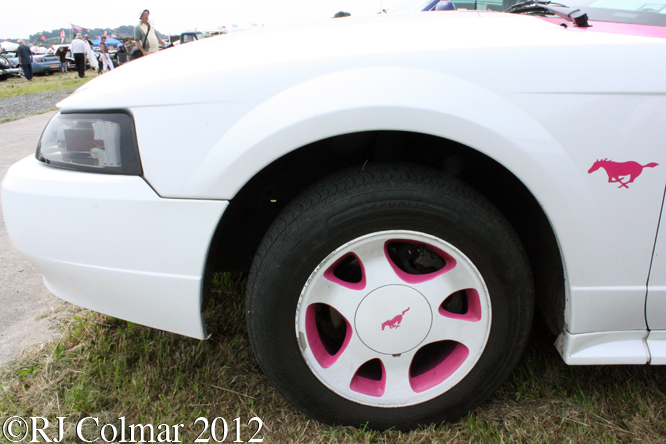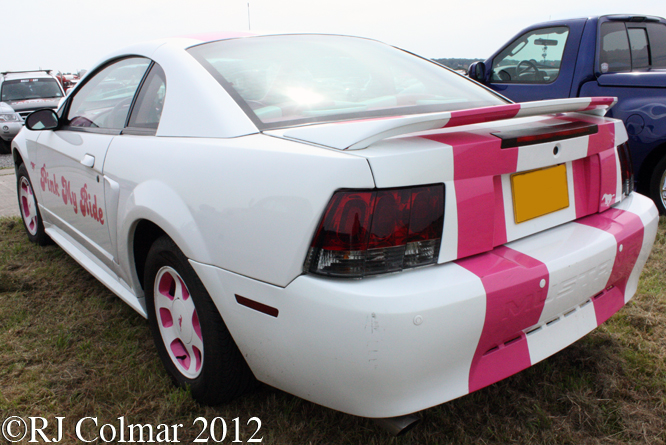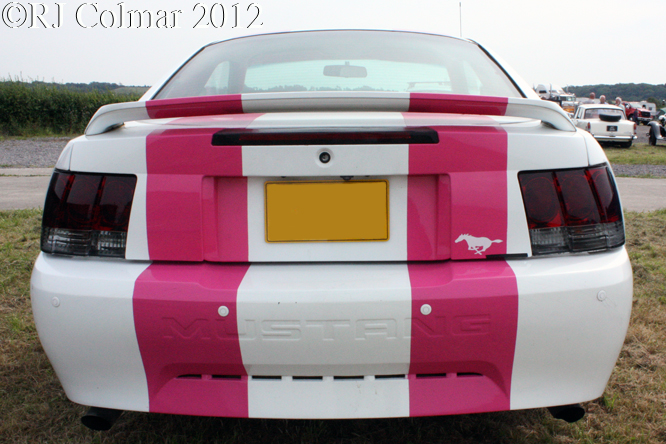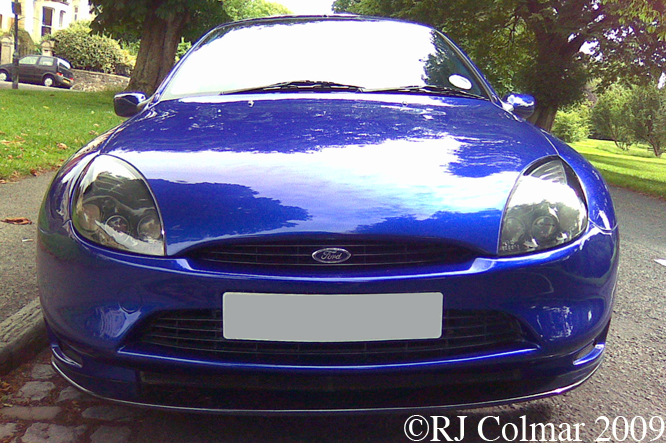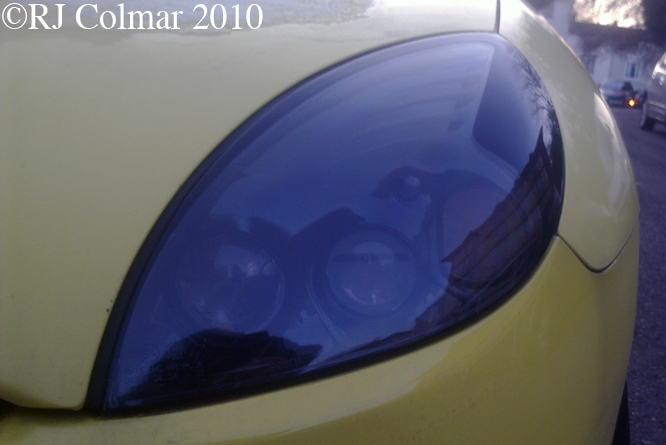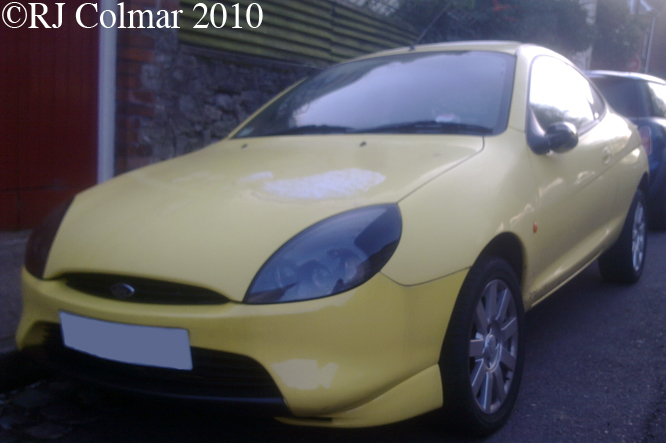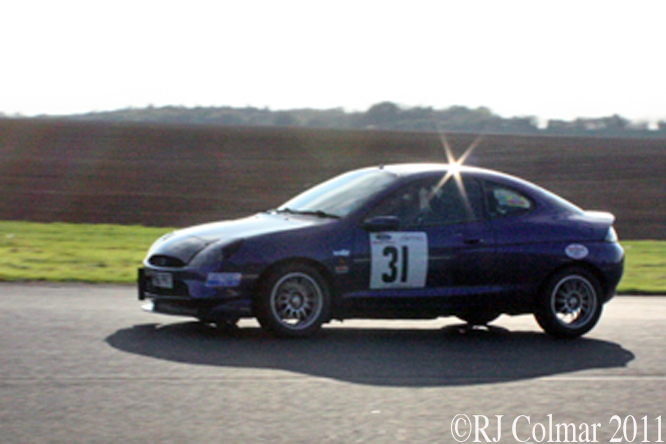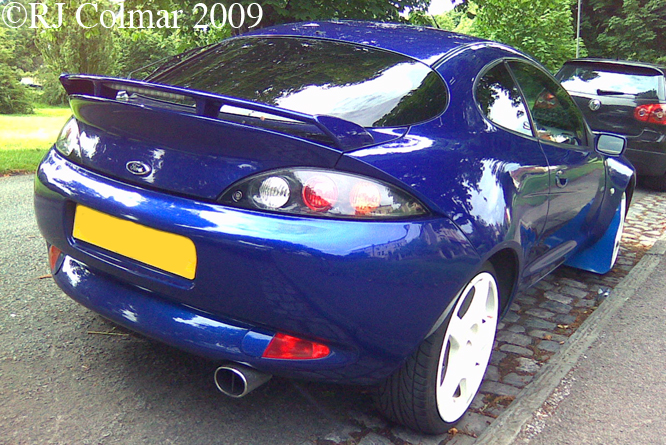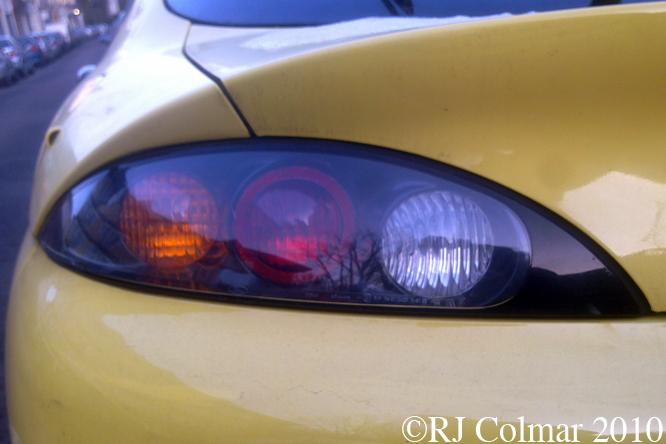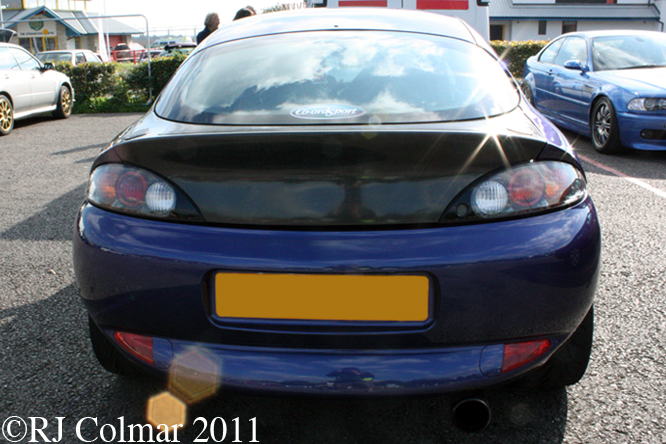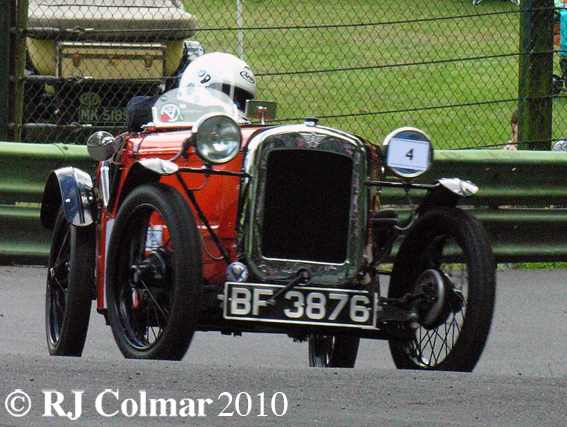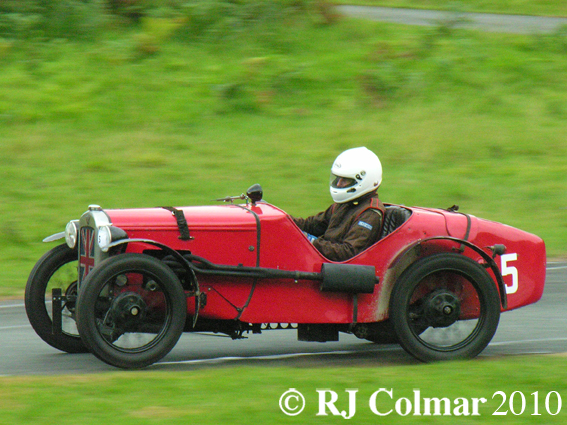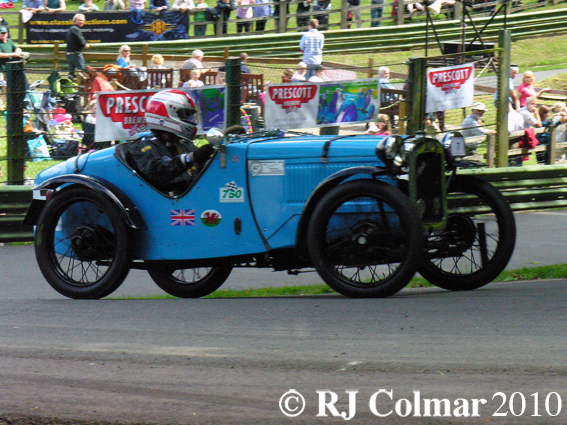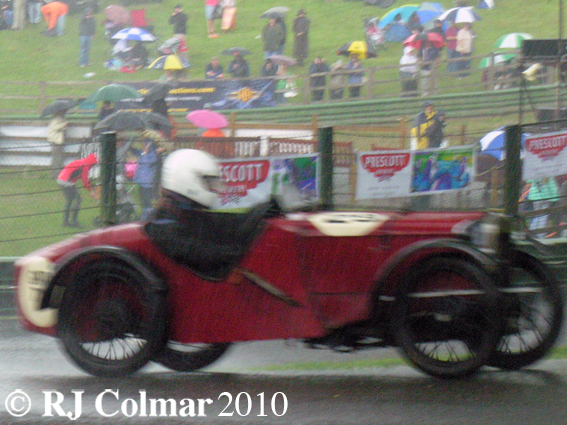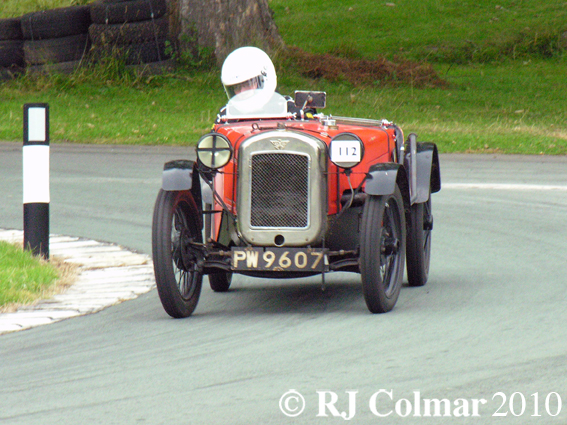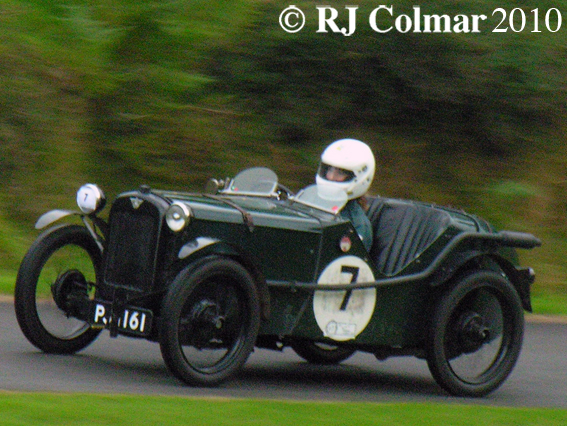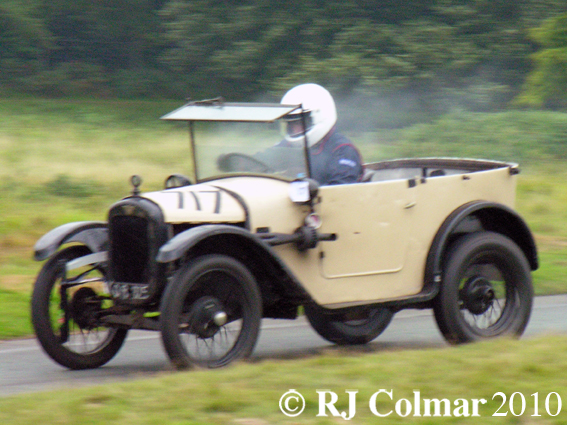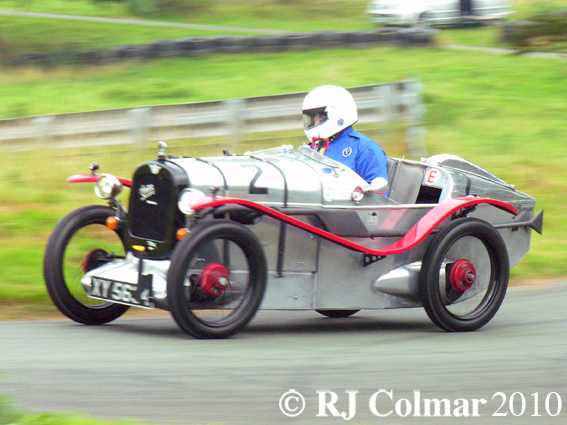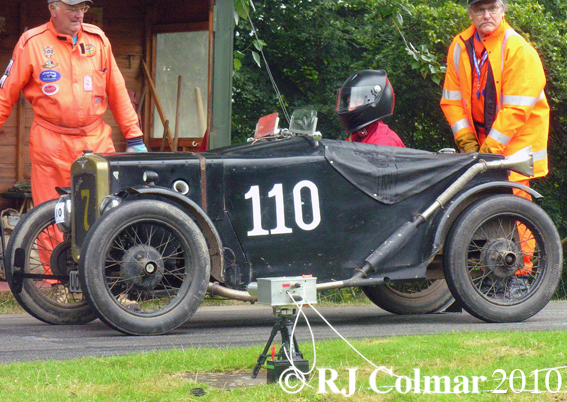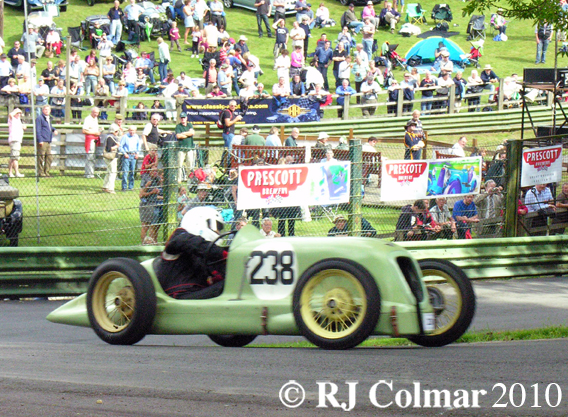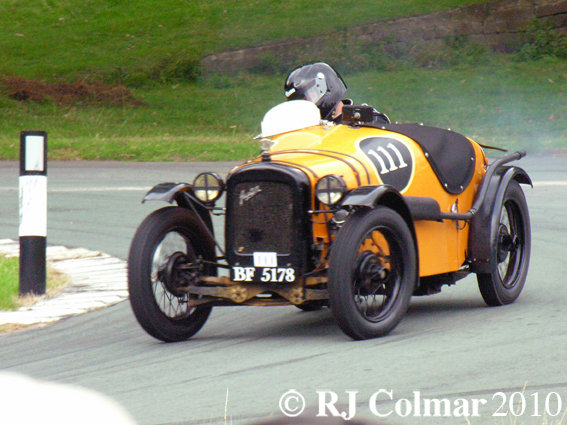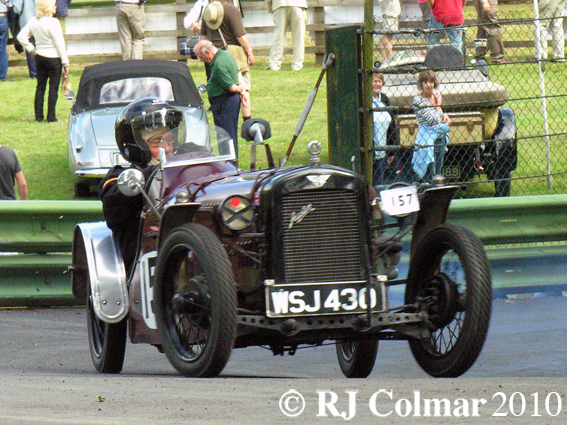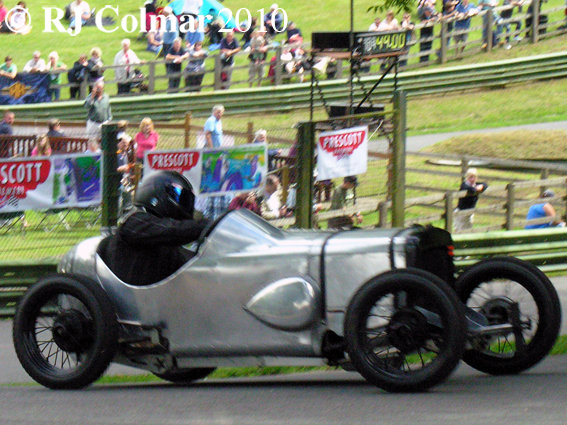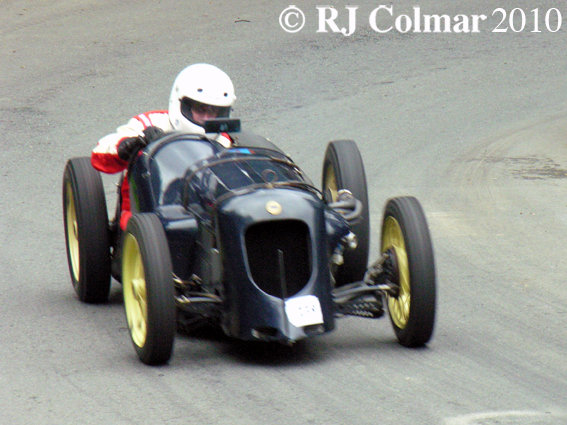In 1999 Ford upgraded the fourth generation Mustang with a minor, more aggressive, face lift know as ‘New Edge’.
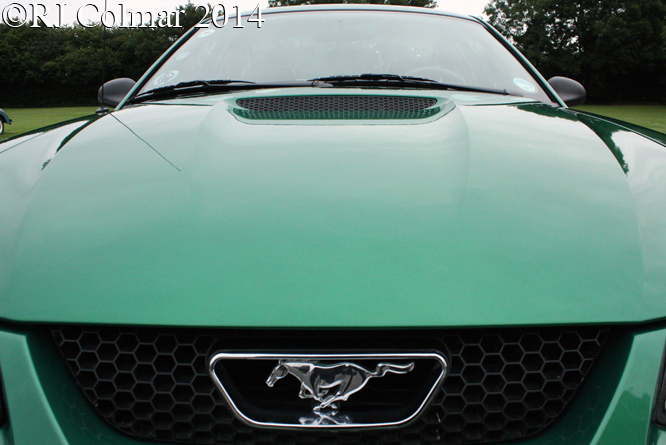
Being the 35th Anniversary of Mustang production all 1999 Mustangs left the factory with 35th Anniversary wing / fender badges.
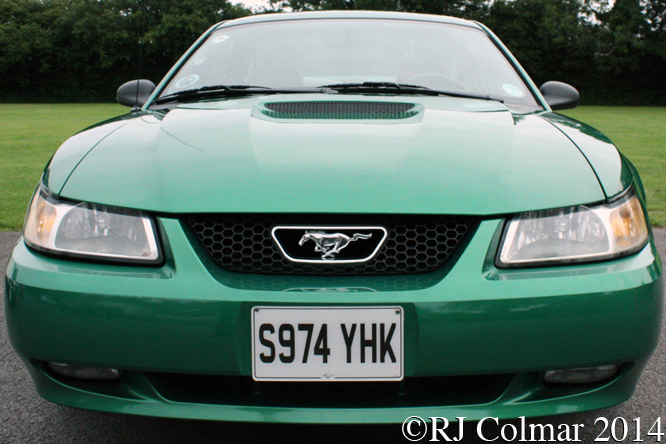
There were also 4,628 US$ 2,695 Option Code 54Y 35th Anniversary Limited Edition models all powered by the GT 4.6 litre / 280 cui V8 of which 515 were white, 1,259 in silver, 1,299 in black and 1,555 in Performance Red.
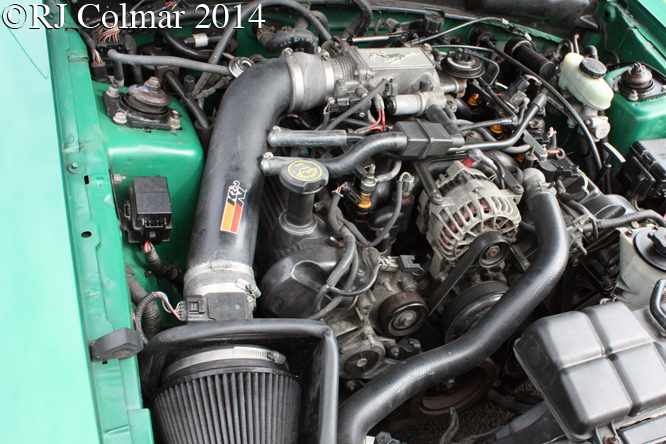
Official documentation on today’s featured Mustang GT show’s it was purchased in 2000 by the First Entertainment Credit Union, an organisation that was originally founded to serve employees and former employees of Warner Brothers, for the first registered keeper in Hollywood.
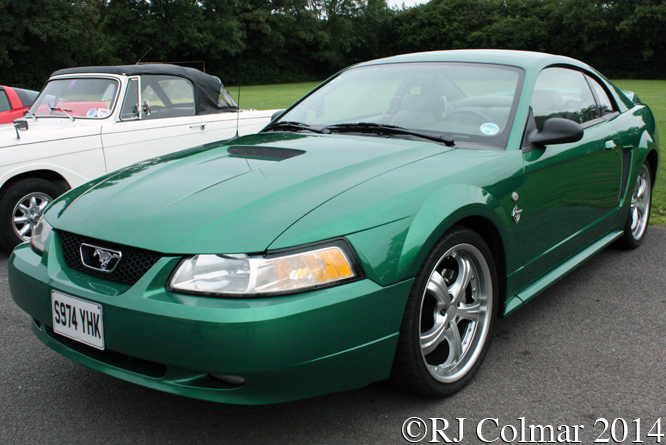
It was my great privilege to be allowed to drive this car for a couple of miles on Bank Holiday Sunday from Redhill Village Hall south of Bristol to it’s current home near Withywood.
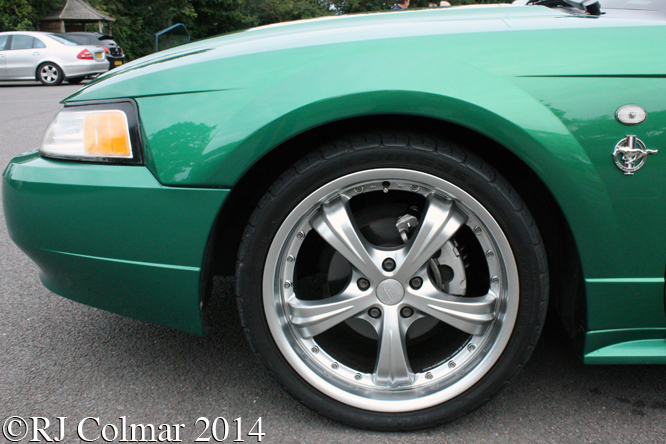
As it appears the vehicle is currently fitted with a non cat exhaust, not required of a personal import of this age, the consequent sound it emits was music my ears.

So long as left hand drive is not too alien to the driver the car is surprisingly easy to drive, the pedals are taught and the gear change is slick, with the tremendous torque of the V8 it will pull effortlessly in any gear from 1,000 rpm.
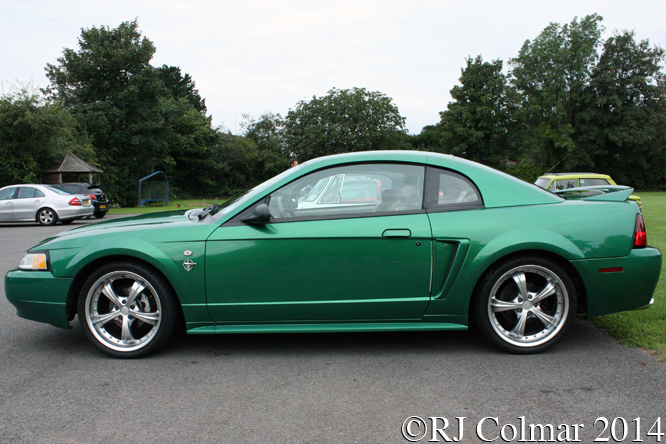
The steering is typically vague as per many US vehicles I have driven be they blue oval or bow tie, but apart from that this car is great fun to drive, as it should be with less than 40,000 miles on the clock.
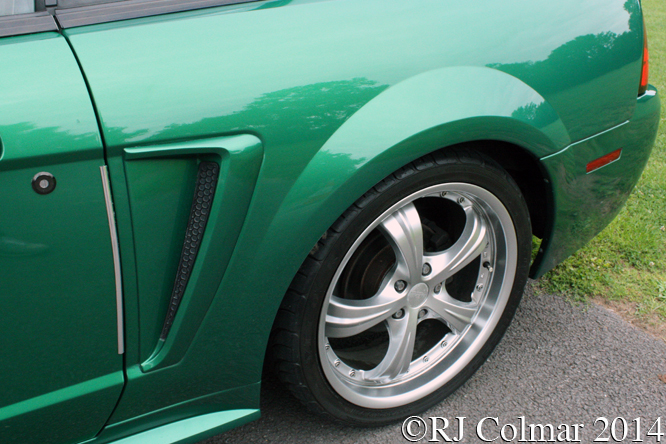
Seating is infinitely more comfortable than my Euro box and I’m sure I could spend a couple of hours emptying the fuel tank and get out afterwards completely relaxed.
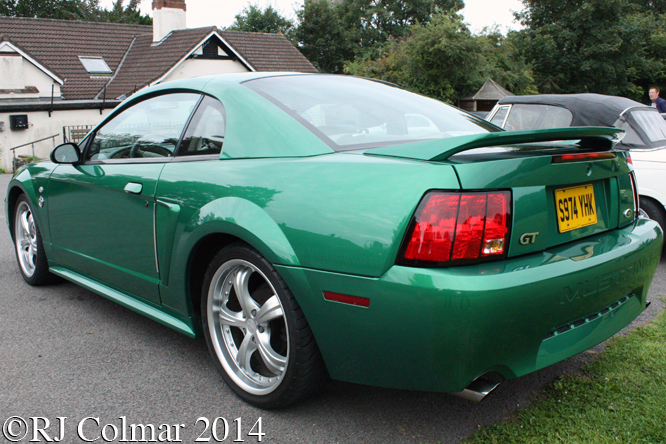
The car is fitted with a Ford Mach Sound System which includes radio/cd and compact cassette, as initimated earlier, for the purposes of the test the hi fi was completely superfluous.
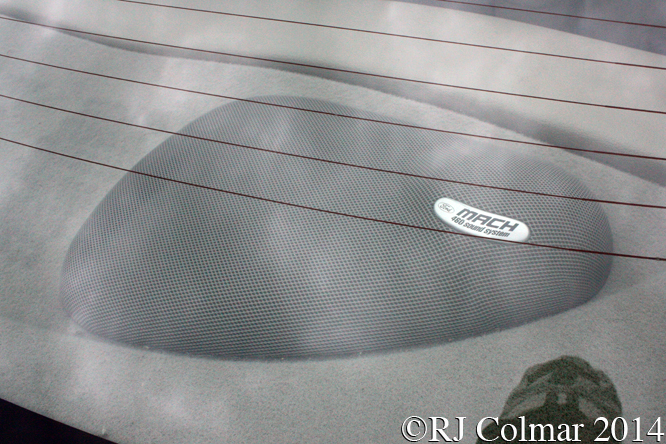
The current owner reckons he gets around 22 mpg which given the weight of this Electric Green beast is not too bad.
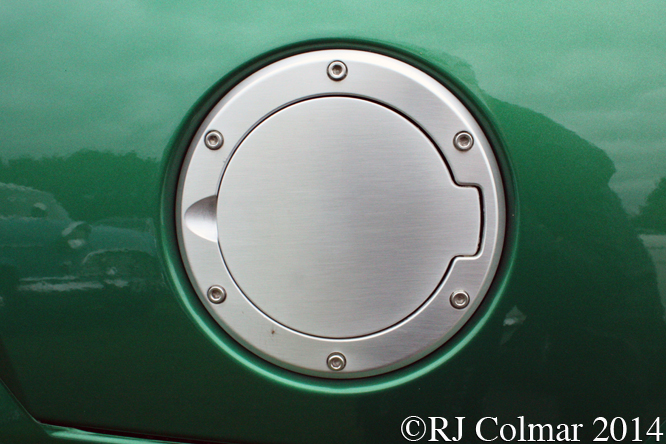
When I had finished backing the car into the owners drive I was left wishing I did not need a vehicle capable of carrying 4 passengers or a couple of hay bales, as this car would never cease to put a smile on my face.
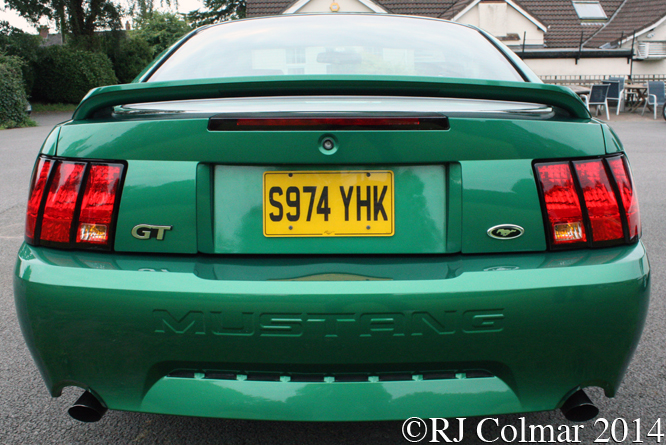
Alternatively I wish I could afford a second car for cruises, the occasional spit and shine event, bring what you brung and or a bit of track day fun all of which this car could be suited to without much in the way of additional work.
My thanks to Nick, who is currently offering this car for sale, for further details get in touch in the comments box below or see the new GALPOT classified ads page.
To hear this great car in action check out this youtube link.
Thanks for joining me on this “Hollywood to Withywood” edition of “Getting’ a li’l psycho on tyres”, I hope you will join me again for a look at a Speciale Ferrari Friday tomorrow. Don’t forget to come back now !



